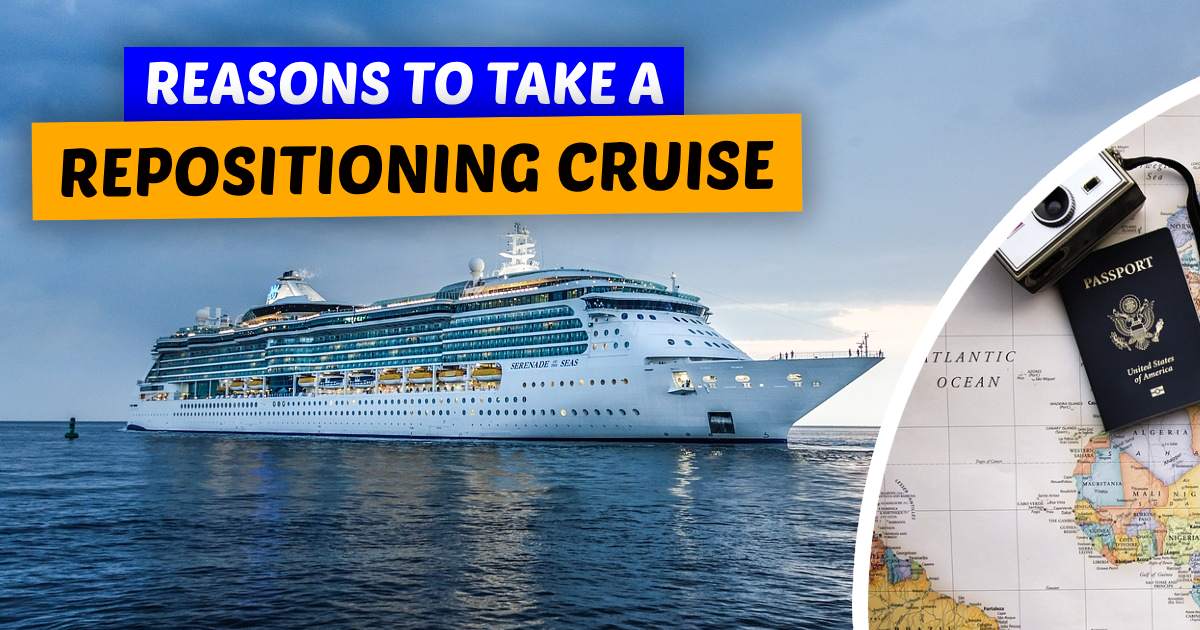A repositioning cruise is all about the journey rather than visiting exotic destinations. The one-way cruise lets you spend endless days at sea, enjoying stunning ocean views, unwinding onboard, and visiting off-the-beaten-path ports of call. These hidden gems in the cruise industry offer a unique onboard experience. You can enjoy smaller crowds, fewer kids, and a price tag that’s hard to beat.
Does the idea of slow travel and extended relaxation on a cruise ship sound appealing? If so, booking a “repo cruise” may be your ticket to an unforgettable vacation. However, some cruisers find these voyages less appealing due to fewer exciting ports and shore excursions.
I’ll share my experiences sailing on a repositioning cruise in this article. I’ll also discuss the pros and cons of booking a one-way repo cruise so you can make an informed decision.
What is a Repositioning Cruise?
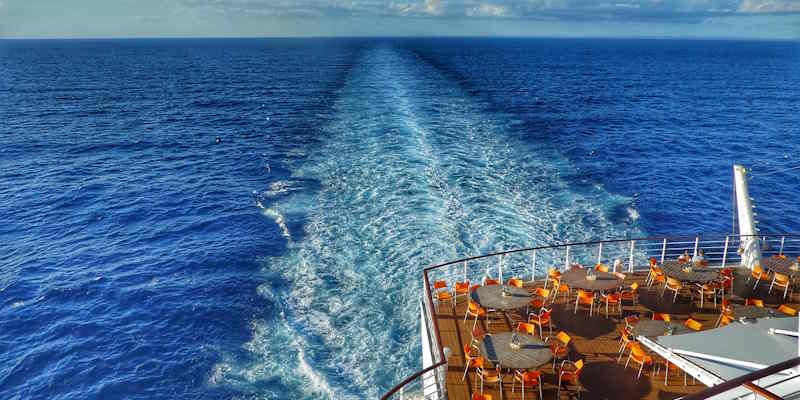
A repositioning cruise is a one-way trip that cruise ships take when they need to move to a different region, following seasonal demand. Typically, during the winter months (December to April), ships sail in the warm Caribbean waters, catering to travelers seeking a tropical escape. As summer approaches (April to October), these ships reposition to cooler destinations like Europe or Alaska. Similarly, when summer ends, they make the reverse journey from Europe back to the Caribbean for the winter season.
There are also longer repositioning cruises between the Middle East and Asia, with some itineraries lasting up to three weeks. For example, cruises departing from the United Arab Emirates may sail through the Suez Canal into the Mediterranean.
Repositioning cruises take place during off-peak times and typically feature more sea days than regular cruises. These voyages often appeal to travelers who enjoy the onboard experience and want to explore unique, less-frequented ports. They usually come at a lower price per night compared to standard cruises. However, don’t forget to account for extra costs like flights back from the final destination, as these are one-way trips.
So if you’re up for an adventure and love the idea of extended sea days, a repositioning cruise might be the perfect opportunity to see the world from a new perspective.
Popular Repositioning Cruise Routes

A “reposition cruise” gives you the best of both worlds at sea. You can enjoy some port days in the capital cities of Europe and exotic destinations in the Caribbean. On the transatlantic crossing, you have a cruise liner experience as you spend a week or longer at sea.
Here are some popular routes major cruise lines operate to relocate their ships.
Transatlantic repositioning: from European cities to the Caribbean
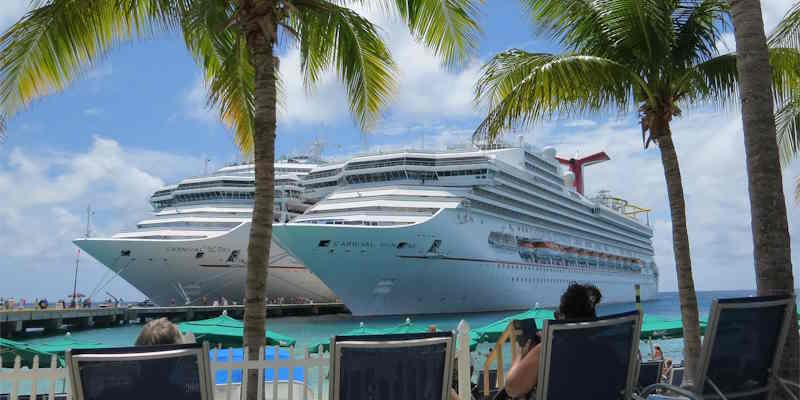
Cruise ships depart from large cities like Rome, Lisbon, Barcelona, and Athens in late summer. They may make ports of call in destinations like the Canary Islands, Greek Islands, Toulon, the Azores, or towns along the northern Mediterranean Sea. Then, the transatlantic cruise to the Caribbean takes seven to ten days.
Popular ports of call in the Caribbean include Bermuda, the Virgin Islands, Puerto Rico, and cruise line private islands before arriving in Fort Lauderdale, Galveston, or Cape Canaveral in North America.
Panama Canal repositioning cruises

Cruise ships depart from Miami, Fort Lauderdale, or Cape Canaveral and stop off at various Caribbean destinations, including Turks and Caicos, the Dominican Republic, the Antilles, the ABC Islands (Aruba, Bonaire, and Curaçao), and the Windward Islands. Some may also make ports of call in Venezuela or Colombia.
The next stage of the voyage includes traversing the impressive Panama Canal before sailing north to North American departure ports like Los Angeles, Seattle, Washington, or Vancouver. Cruise ships that sail to Alaska or Hawaii typically depart from these cities.
Transpacific cruise routes

Sydney, Australia, is the home port for cruise itineraries, including Australia’s coastline, New Zealand, Indonesia, Bali, Hong Kong, and Singapore. After the cruise season in Australia ends, ships make the one-way trip across the Pacific Ocean to Vancouver or U.S. cruise ports.
Repositioning cruises across the Pacific Ocean include exotic destinations like French Polynesia, Papua New Guinea, the Solomon Islands, and Hawaii.
How to Find Repositioning Cruises

All the major cruise lines offer repositioning cruises; therefore, you should start your search on their websites. Search for destinations that have specific cruise seasons.
For example, cruise ships in Alaska reposition in the fall and sail through the Panama Canal to Miami. Transatlantic cruises are popular in the shoulder months, early spring or late fall. Transpacific cruises leave Australia in April when it’s late fall in the Southern Hemisphere.
Occasionally, you can find shorter repositioning cruises when cruise lines want to try out new ships. A friend told me about a 3-day repositioning cruise he enjoyed between Seattle and Vancouver.
Best Time to Take a Repositioning Cruise

Most repositioning voyages occur in spring and fall. In the fall, cruise lines relocate ships from colder regions in Europe to the Caribbean to take advantage of the dry season in Central America. Then, they travel back to the Mediterranean, the British Isles, the Baltics, and Scandinavia to avoid hurricane season starting in early June.
However, you can find repositioning cruises at any time of the year. For example, a cruise line may reposition a ship for repairs or refurbishments. Other reasons for relocating include changing economic conditions, political unrest, or increased risk of piracy. Rather than sail an empty ship, cruise lines offer cruise deals to entice passengers aboard.
Packing Tips for Repositioning Cruise

Packing for a repositioning cruise requires a strategy different from that of a regular cruise. For example, you’ll spend more days at sea when the weather can be mixed. I’d recommend packing plenty of layers you can mix and match. Therefore, you can prepare for cooler evenings and enjoy warm days at sea.
Also, consider that you’ll start in one climate and arrive in another. So, your cruise may begin in cool, brisk fall weather in the Mediterranean and end in hot, humid conditions in the Caribbean. During the voyage, you must prepare for unpredictable weather at sea.
Here are a few tips for essential packing items for transpacific or transatlantic cruises:
- Liquid laundry detergent to wash small items in your cabin.
- Several swimsuits so you always have a dry one for longer days at sea.
- Prepare for a few formal nights on board.
- Pack seasickness meds because ocean crossings are rougher than regular cruises.
Reasons to Book a Repositioning Cruise
Apart from relaxing in luxury during several consecutive sea days, what are the reasons to consider a repositioning cruise?
Affordable Adventure: Long Cruises at a Lower Price

A repositioning cruise is a budget-friendly way to enjoy a luxurious cruise experience. The price per day can be as low as $50 or even less. I read in cruise forums of passengers who booked a 15-day cruise for the same price as a 7-day cruise in the Caribbean.
The lower price may also allow you to travel in more style. For example, a luxury stateroom or suite may be the same price as a small cabin without a balcony. So, a repositioning cruise may be your ticket to a great vacation if you want value and comfort.
Sometimes, the cruise cost plus a one-way flight can be cheaper than a round-trip flight to the same destination.
Experience the ship as a destination and spend more days at sea

I love repositioning cruises because they allow me to immerse myself in all the ship’s amenities.
I usually have trouble deciding whether to stay on board or explore ports on traditional cruises. Seven days in the Caribbean never seems enough time to explore incredible cruise ships. However, a long ocean cruise lets me enjoy all the ship’s activities.
Cruisers on many discussion groups say they appreciate the longer days at sea. Apart from enjoying the activities and entertainment, they get more time to relax. Others also use opportunities for dance lessons, attend lectures, or meet new friends.
Smaller crowds
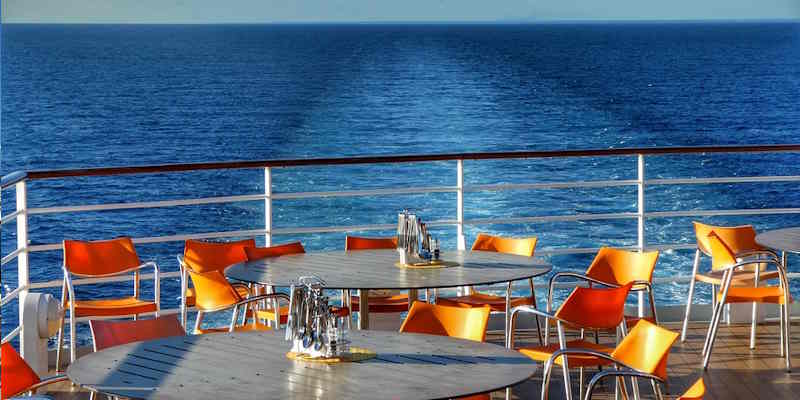
You’ll love that repositioning cruises are not as packed as traditional cruises. The bottom line is they’re less popular and cater to a specific demographic. With fewer passengers on board, you’ll have more space on the lido deck, shorter lines at the buffet, and plenty of time to participate in various activities.
I’d thoroughly recommend a repositioning cruise if you want a quieter, more relaxed, peaceful cruise experience.
Fewer travelers competing for deals
With fewer travelers searching for repositioning cruises, you can find great deals more quickly. These cruise deals and discounts include drink packages, shore excursions, specialty dining, and spa treatments. Therefore, a cruise is more affordable if you’re on a tight budget. Or you can splash out to enjoy a more luxurious cruise experience.
Opportunity to travel during off-peak seasons
Repositioning cruises typically occur in shoulder seasons when most people work, and kids are in school. I find that all aspects of travel are generally cheaper during off-peak seasons. You can find excellent deals on one-way flights, hotels, and onshore activities. And you don’t have to explore destinations on hot, balmy summer days.
Fewer children onboard
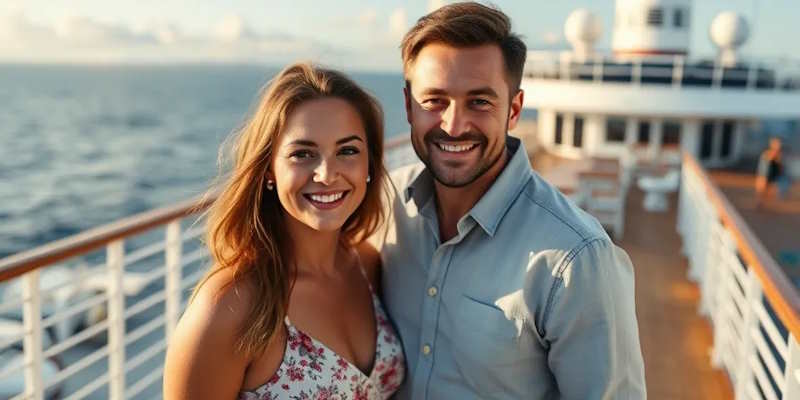
Transitional cruises last longer and sail during the school year. Therefore, you’ll rarely find families with kids onboard. This results in a more sophisticated, adult-oriented cruise experience. Fewer children means less noise in common areas, more room in the pool, and an overall more tranquil atmosphere.
More unique itineraries and destinations

Do you want one of the most unique cruise experiences, combining traditional cruising with ocean liners? Book a repositioning cruise. Imagine starting your voyage in a historic European city, traveling to Mediterranean islands, then stopping off at islands in the mid-Atlantic, hitting Greenland, before arriving in North America.
Because the ports of call are off-the-beaten-path places, you’ll not have the crowds of cruise tourists that plague some cruise destinations.
Perfect for retirees or those with flexible schedules

Transitional cruises are ideal vacation choices for retirees or anyone with a flexible schedule. The cruises can last between 14 and 25 days in off-peak seasons. Therefore, anyone with few time constraints or without a tight schedule will benefit from an extended voyage and relaxing vacation.
Do you work remotely from home? If so, how about swapping views from your home office window for sweeping ocean views stretching to the horizon? If so, purchase a good WiFi package when booking the extended cruise.
No jet lag
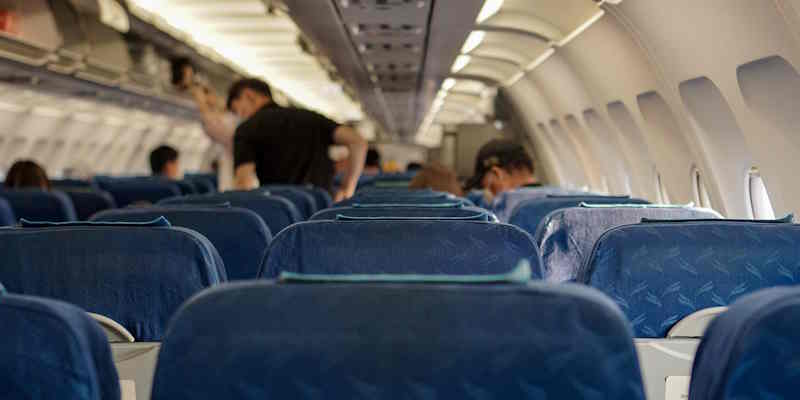
A benefit of sailing on a repositioning cruise is avoiding jet lag. As you gradually sail from east to west, or vice-versa, your body gradually adjusts to different time zones. Therefore, you don’t arrive at your final destination groggy and want to sleep at unusual hours.
Of course, you may have to deal with jet lag after your flight when you get to or from the embarkation or disembarkation port.
Excellent entertainment options

It’s good to remember that repositioning cruises have just as many fun entertainment options as a regular cruise. Depending on the cruise line and ship, you can still enjoy Broadway shows, movie nights, surf simulators, comedy shows, cabaret, and sophisticated lounges.
It’s good to note that occasionally, some entertainment may be canceled at short notice. However, after reading comments on many forums and cruise discussion groups, this seems rare. But it’s something to be aware of.
Ideal if you love cruising

Booking a repositioning cruise is the perfect vacation if you, like me, cannot get enough of cruise ships. Spending seven or more days at sea gives plenty of time to enjoy the ship’s amenities to the full.
Why Some Cruisers Avoid Repositioning Cruises
Of course, spending a week or more in the middle of nowhere isn’t every traveler’s idea of fun. And you need ample free time to enjoy the longest repositioning cruises of three to four weeks.
Fewer days in port

The most significant disadvantage of a repositioning cruise is the number of days in port. You’ll typically only stop at three or four ports on the voyage, giving you fewer opportunities to explore new places.
A repositioning cruise may not be for you if you want an active itinerary to enjoy several destinations.
Long time at sea
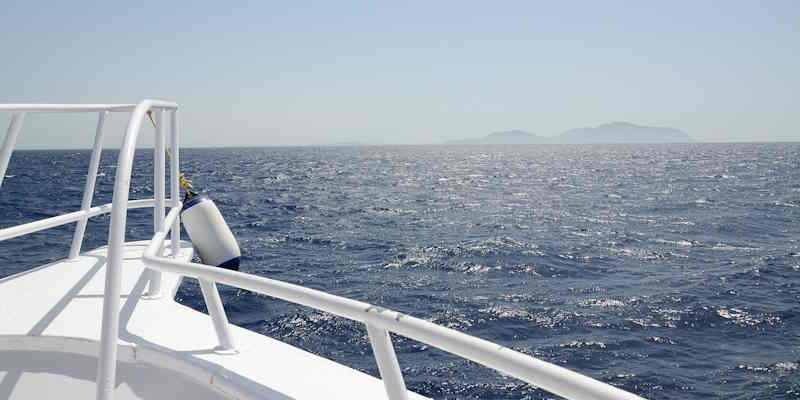
Let’s face it—staring at an endless ocean isn’t everyone’s idea of a fun-filled vacation. Although cruise ships have plenty of activities and evening entertainment, some people prefer the experience of shore excursions combined with onboard activities.
Remember, some of the newest cruise ships offer exhilarating activities like roller coasters, massive water slides, zip lining, bumper cars, and virtual reality game zones. Older vessels tend to have fewer adrenaline-pumping onboard activities.
Higher chance of rougher seas
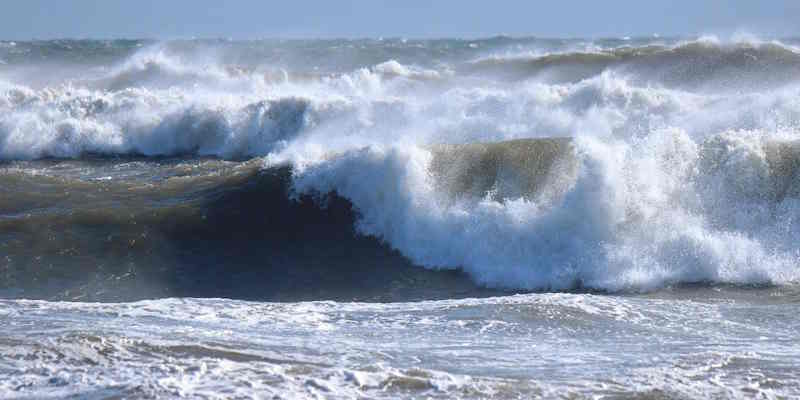
Transatlantic crossings tend to encounter choppier waters than Mediterranean or Caribbean cruises. Also, when ship repositioning takes place, the shoulder seasons experience unpredictable weather. Even though large cruise ships handle rough conditions, and the captain will chart the best course, seasickness can be a problem.
Cost of one-way long-haul flights

A potential downside of repositioning cruises is the cost of long-haul flights to the embarkation or disembarkation port. And if you don’t live near a cruise port, this means purchasing two one-way flights. I’ve read about some cruisers who paid more for their flights than the cruise.
Therefore, it’s essential to do the math and calculate if flight purchases together with the cruise cost would be cheaper than a regular cruise.
Limited departure dates
Cruise ships only reposition during shoulder seasons, typically in spring and fall. Therefore, your flexibility is limited to specific seasons for these cruises.
At the mercy of expensive drinks and onboard spending

Cruise lines sell repositioning cruises for less than the regular price because they’re less popular. However, they count on the fact that onboard spending is higher than standard cruises. Therefore, you may spend more on drinks, specialty dining, and onboard shopping than usual.
In these cases, a drink package could offer excellent value compared to cruising on a port-intensive cruise itinerary.
Final Words: How to Maximize Free Perks and Save Big on Your Repositioning Cruise
Ready to give repositioning cruises a try? Before you book, make sure to check out my guides on cruise packing essentials and loyalty programs to maximize your savings. Whether you’re a seasoned cruiser or planning your first voyage, repositioning cruises are a hidden gem in the cruise world—perfect for those who crave adventure and extended time on the open seas.
Related articles:

